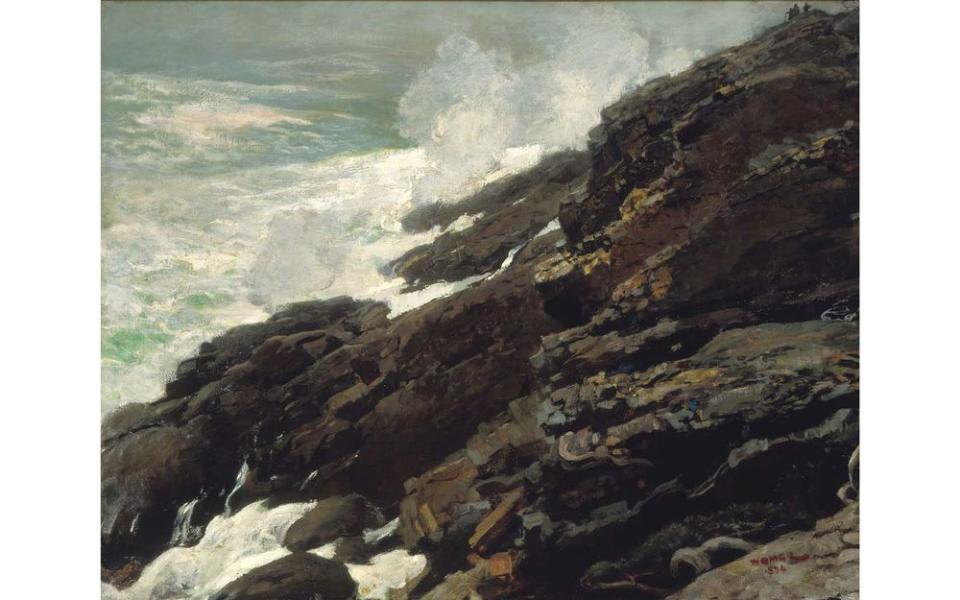This New England Painter Continues to Spark Our Wanderlust — and a New Exhibit Explores Some of His Best Works
Since the invention of the camera in the early 19th century, painters from Bonnard to Munch to Hockney have carried on a complicated dance with photography. This summer, a new exhibition at the Bowdoin College Museum of Art in Brunswick, Maine, takes a look at how the American painter Winslow Homer embraced the new medium — and how it changed the way he viewed his subjects and approached the canvas.

Homer, one of New England's most famous landscape artists, acquired a dry plate camera in 1882 during a two-year stint in England.
He would continue to take photos while traveling — to Quebec, Florida, and elsewhere — and at his seaside cottage on Prouts Neck, the rocky spit of land outside Portland where he painted the maritime scenes for which he’s most famous.

Winslow Homer and the Camera: Photography and the Art of Painting, which runs until October 28, features a generous selection of Homer’s paintings and drawings, photos of Homer taken by friends and family members, and an intriguing assortment of his belongings and tools of the trade that includes two cameras, brushes, wooden modeling figurines, and Homer’s walking stick.
Need more inspiration for planning a summertime vacation in Maine? Check out our guide for a perfect weekend in Portland, one of the region's coolest cities, or take a perfect road trip along the state's famous rocky coast.
Our series Reasons to Travel Now highlights the news, events, and openings that have us scoping out plane tickets each day.